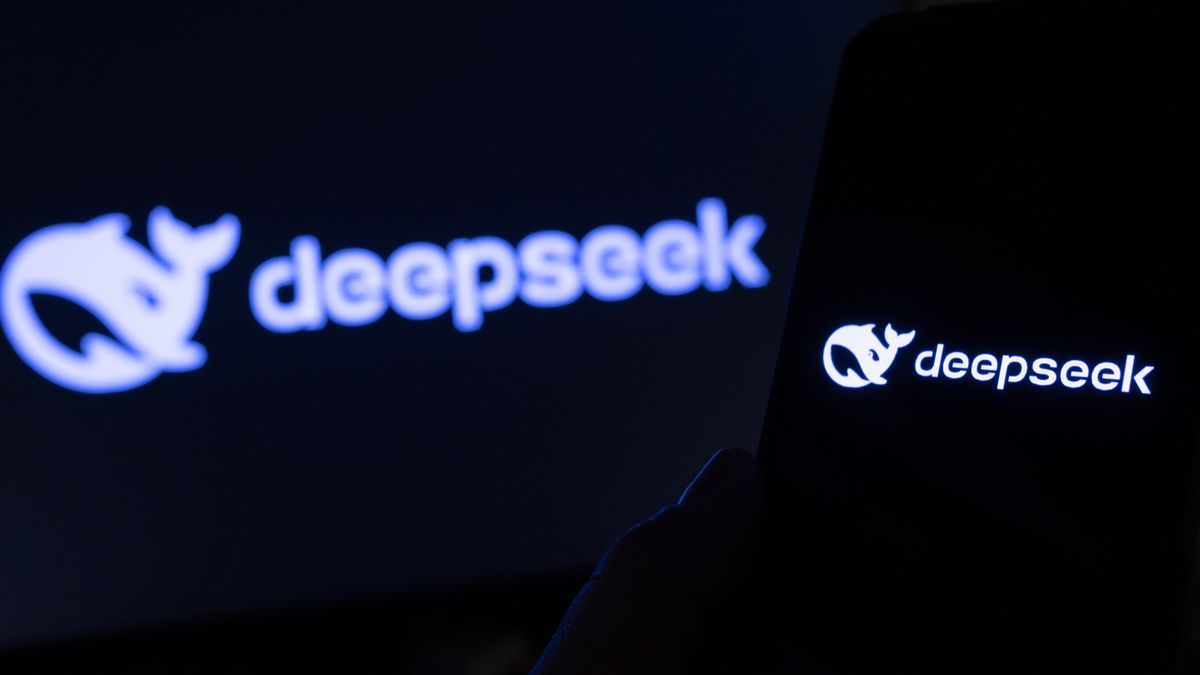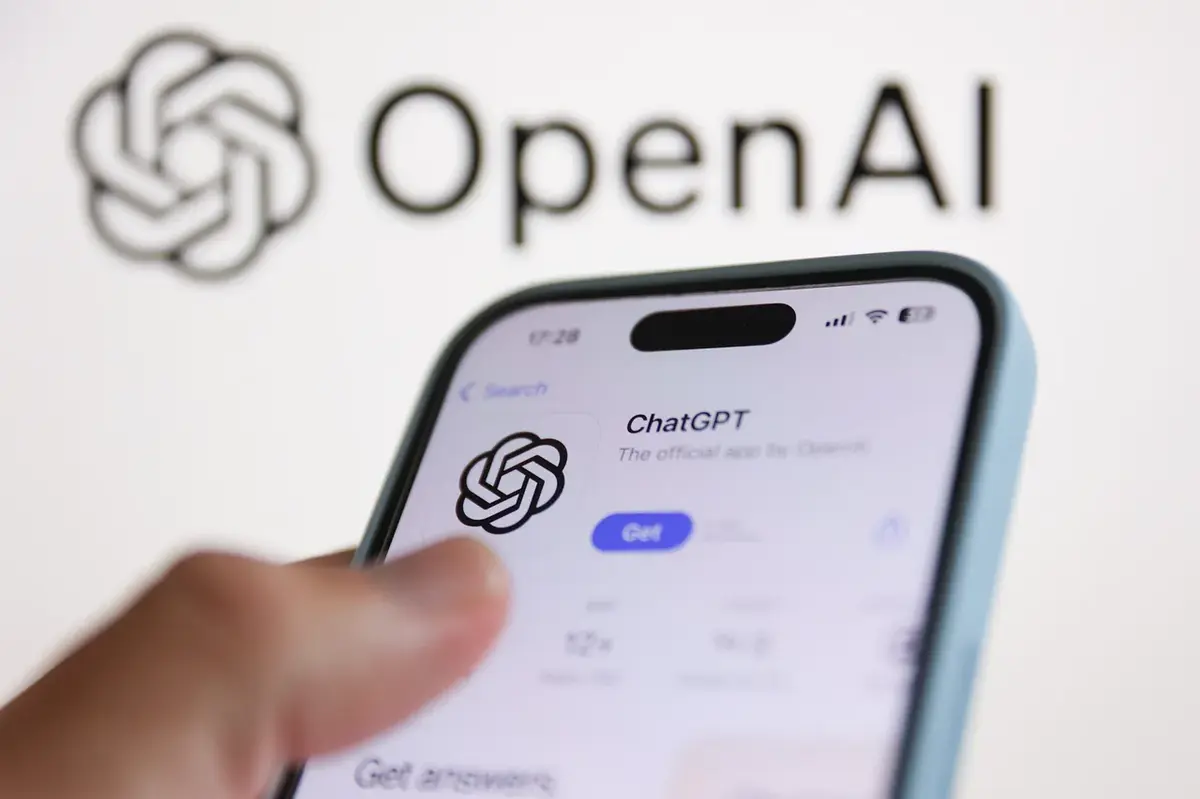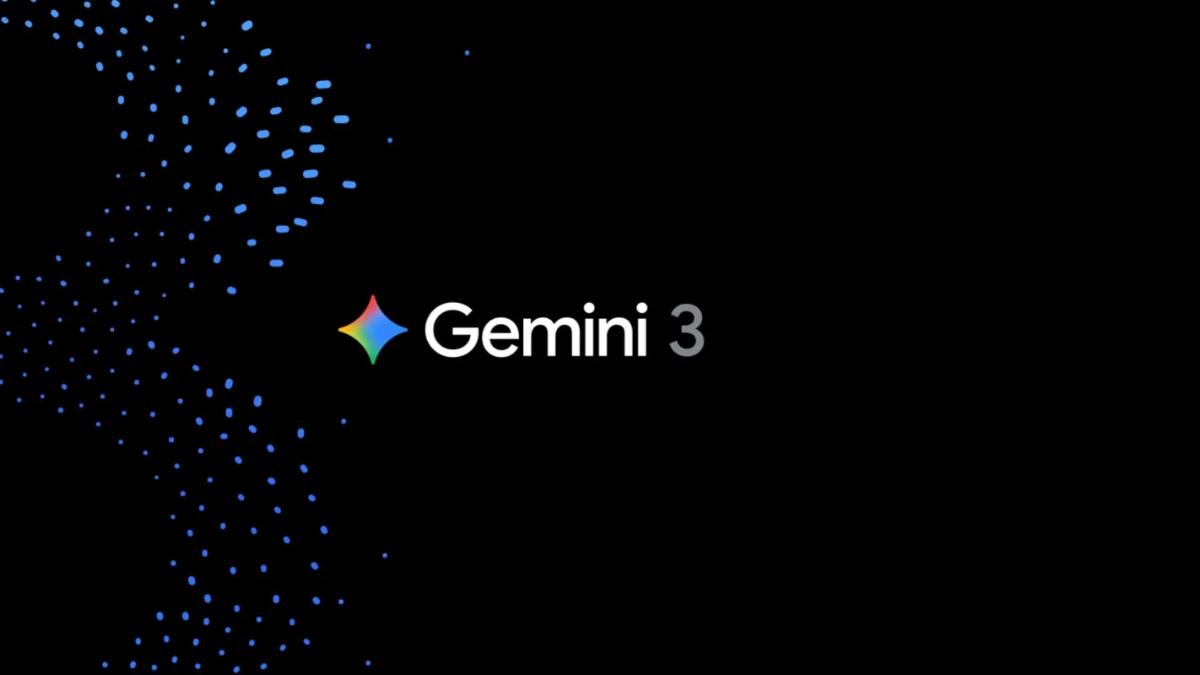China’s AI start-up DeepSeek has shocked the tech world with an advanced large language model (LLM) that rivals ChatGPT at a fraction of the cost.
The sudden emergence of this powerful AI erased $1 trillion in market value from U.S. tech stocks in a single day.
What Is DeepSeek?
DeepSeek was originally part of a hedge fund, High-Flyer, before becoming an independent AI company in 2023.
The company trained its LLM using only 2,048 Nvidia H800 chips and completed training in days rather than months—a staggering efficiency compared to its Western counterparts.
DeepSeek released two AI models:
- R1, focused on math and coding problems
- V3, its most advanced model, released in December 2024
What Makes DeepSeek Different?
The biggest difference is cost-efficiency. While U.S. tech giants like OpenAI, Google, and Meta spend billions on training AI, DeepSeek reportedly trained its model for just $5.6 million.
Key factors behind DeepSeek’s low-cost approach:
- No human fine-tuning – The AI learns without additional human supervision.
- Hiring new graduates – Instead of expensive experienced engineers.
- Efficient search process – Instead of scanning vast data sets, DeepSeek targets only relevant information, reducing computing costs.
This radical shift in AI training methodology has raised conspiracy theories, with some speculating that DeepSeek had undisclosed computing power from the Chinese government or illegally extracted data from OpenAI.
U.S. Response: Project Stargate
In reaction to DeepSeek’s rise, the U.S. government announced a $500 billion AI initiative called Project Stargate, involving OpenAI, Oracle, and Japan’s SoftBank. The goal? Turbocharge U.S. AI development and maintain leadership in the field.
However, after DeepSeek’s launch, many question whether Stargate is throwing money at a lost cause.
What’s Next for AI?
Despite the disruption, industry leaders see opportunity rather than crisis.
- Sam Altman (OpenAI CEO) called DeepSeek “impressive” and welcomed the competition.
- Nvidia praised DeepSeek’s advancements, suggesting increased AI adoption will ultimately benefit the industry.
History has shown that cheaper technology leads to more innovation and demand. If competition forces AI costs down, more businesses will integrate AI, leading to new applications and economic growth.
Rather than fearing DeepSeek, investors and AI companies should embrace the challenge—because the AI revolution is just beginning.













